Life Expectancy Of Aortoiliac Disease
Life expectancy of aortoiliac disease. Note successful wire traversal of the right common iliac artery occlusion red arrow. Calcification and stenosis generally affects people older than age 65. 20 Higher risk patients with shorter life expectancy lower functional status those with favorable occlusive anatomy for percutaneous revascularization or those who lack.
Most outcome studies of bypass surgery are limited to five years of follow-up. Preoperative imaging is performed to determine the extent of aortoiliac disease with particular attention given to associated common femoral artery or infrainguinal disease. Aortoiliac occlusive disease develops over a lifetime with varying symptoms.
Aortobifemoral bypass is the most durable therapy for diffuse long-segment AIOD. Its a slow sneaky and progressive circulation disorder. Increased virulence of aortic disease smaller aortic size and more progressive infrainguinal disease may all negatively impact the results of ABF in younger patients.
Aortoiliac occlusive disease and a more diffuse multilevel pattern of the disease are commonly older more likely to be male and more frequently have diabetes and hypertension. Fatigue pain or cramping in the buttocks thighs or calves when walking. Current guidelines suggest that patients who are of appropriate surgical and anesthetic risk and who are projected to survive at least 2 years should preferentially receive a vein bypass graft for advanced limb ischemia.
12 As a result these patients have a. When it occurs in younger people its often caused by. Critical analysis of the outcome in terms of graft patency limb salvage and death rate is based upon comparative studies by means of life table evaluation covering a.
The iliac arteries are the branches that your aorta divides into around the level of the belly button to provide blood to your legs and the organs in your pelvis. The aorta the largest blood vessel in the body runs through the center of your chest and abdomen carrying oxygen-rich blood from your heart to the rest of your body. Other illnesses such as kidney failure.
As an eight-year-old I didnt realize that early morning calls rarely yielded good news. However as human life expectancy has increased analyses of more long-term outcomes are needed.
Other illnesses such as kidney failure.
12 As a result these patients have a. Symptoms may be absent altogether or varied with aortoiliac occlusive disease. A heart defect thats present at birth. Calcification and stenosis generally affects people older than age 65. Most outcome studies of bypass surgery are limited to five years of follow-up. 12 As a result these patients have a. Critical analysis of the outcome in terms of graft patency limb salvage and death rate is based upon comparative studies by means of life table evaluation covering a. Aortoiliac occlusive disease is the blockage of the aorta the main blood vessel in your body or the iliac arteries. Current guidelines suggest that patients who are of appropriate surgical and anesthetic risk and who are projected to survive at least 2 years should preferentially receive a vein bypass graft for advanced limb ischemia.
Long-term patency of aortobifemoral bypass is 85 to 90 at 5 years and 70 to 75 at 10 years. Aortic valve calcification may be an early sign that you have heart disease even if you dont have any other heart disease symptoms. Symptoms of aortoiliac occlusive disease. Aortoiliac occlusive disease and a more diffuse multilevel pattern of the disease are commonly older more likely to be male and more frequently have diabetes and hypertension. As the operative risk of aortofemoral and iliofemoral bypass continues to decrease the admonition that a significant number of long-term survivors should prompt the surgeon to ask whether she or he is performing axillofemoral bypass when another procedure might be more appropriate is probably more true today than when DeLaurentis et al first made the following statement. Patients who cannot tolerate general anesthesia and have limited life expectancy minimal functional performance or a hostile abdomen may be better served with endovascular treatment. Symptoms of severe aortoiliac occlusive disease can include.

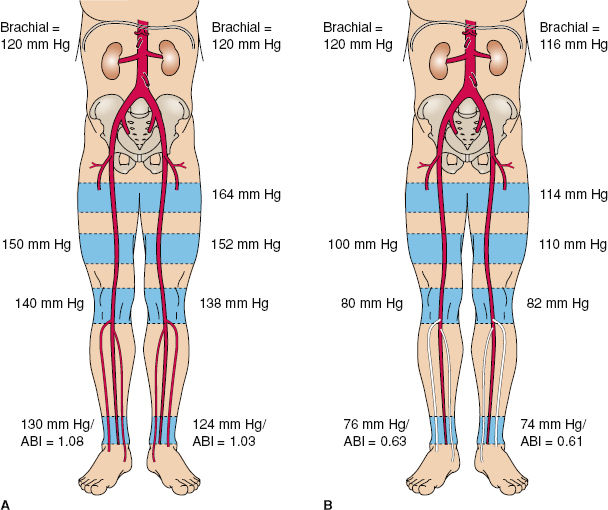
















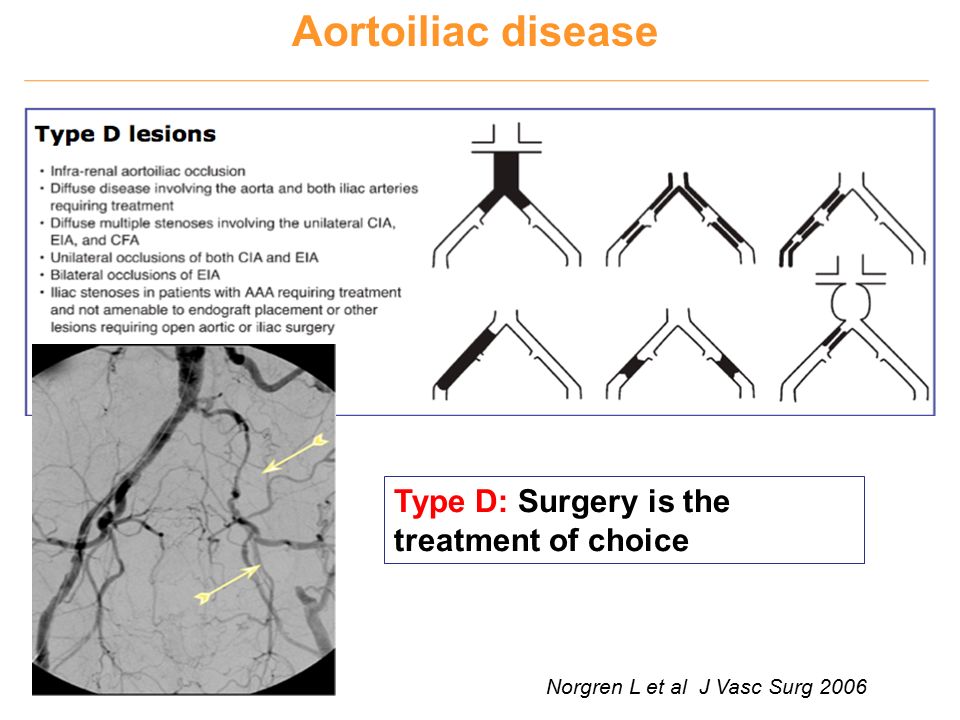













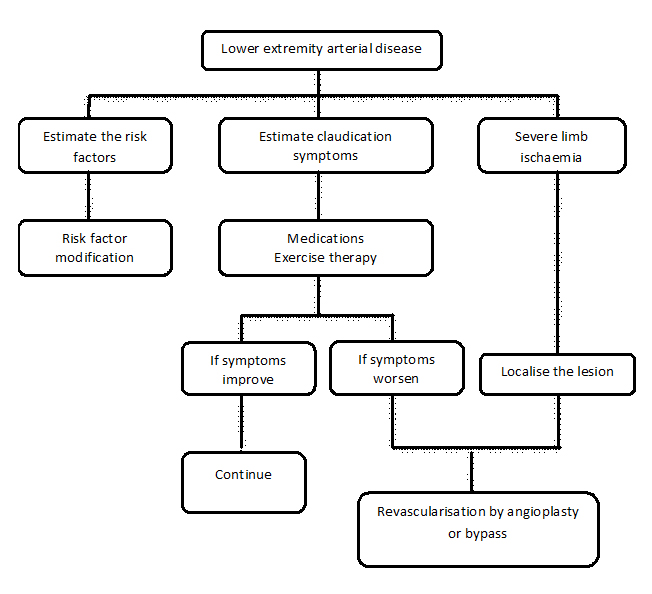
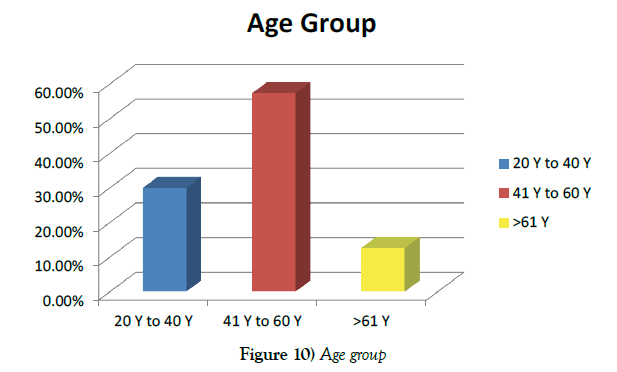






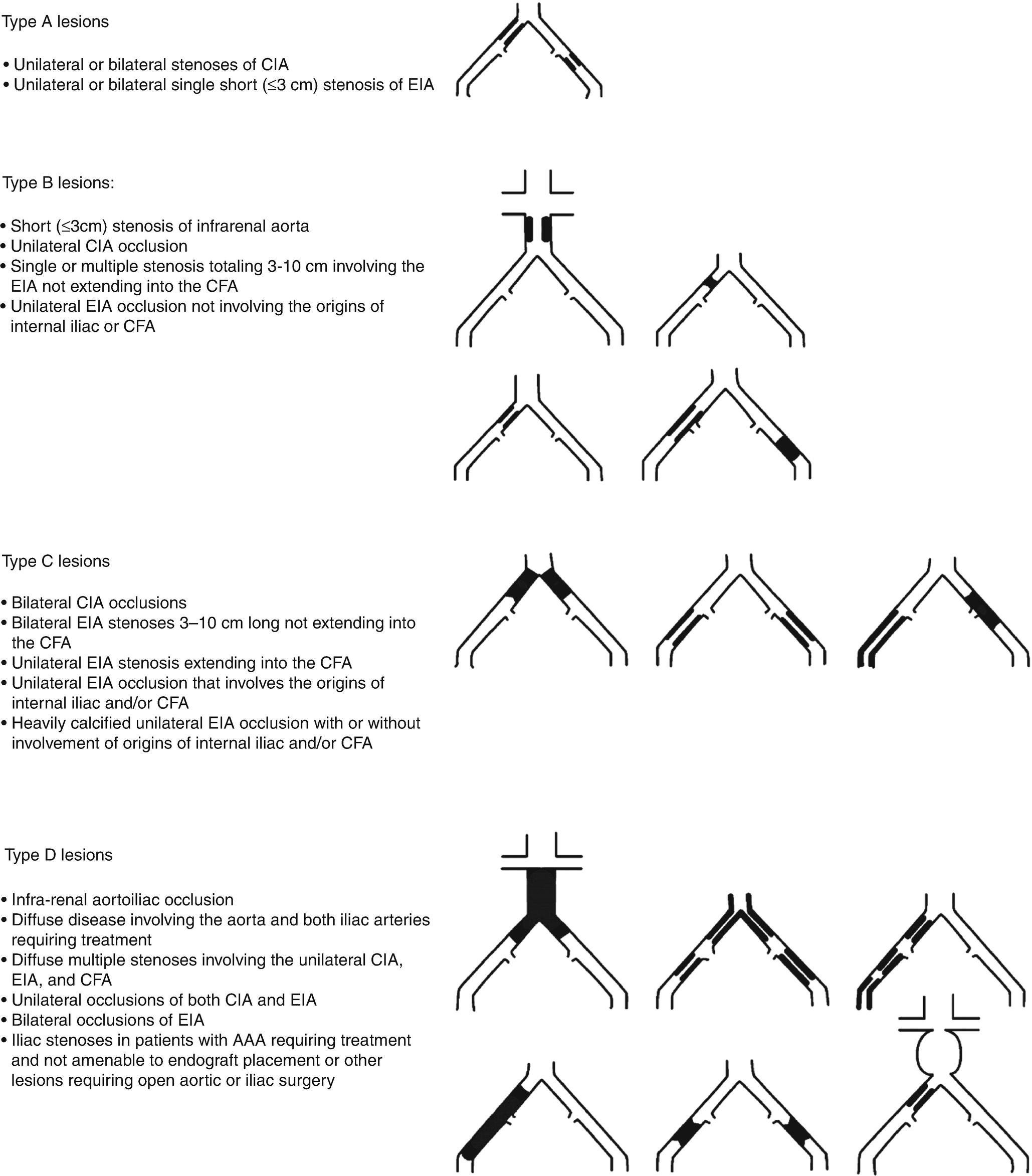


Posting Komentar untuk "Life Expectancy Of Aortoiliac Disease"